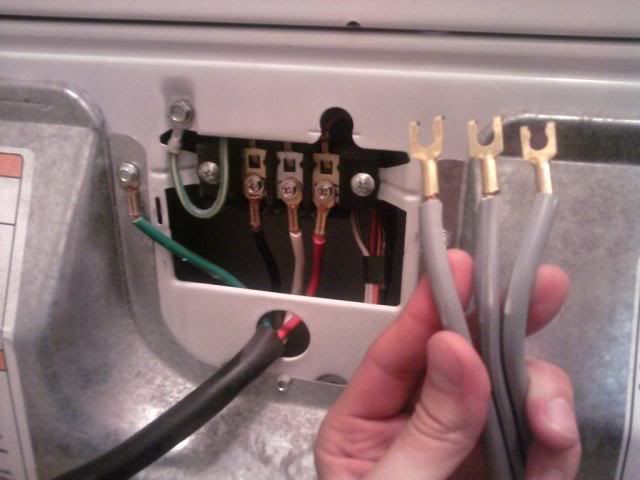Saw a thread on another forum where someone is trying to use a 4-wire dryer with 3-wire service. Sure this can be made to work by mixing neutral/ground, but I would think it's not safe to do (or per code). Any thoughts?
I recommended trying to convert the socket to a 4-wire system if there are 4-wires into the outlet box (separate neutral & ground) and use the dryer as is. Others are telling him to use a 3-wire cord and just wire it up, ignoring the ground?
Playing with fire (literally!) or is this standard practice?




 Reply With Quote
Reply With Quote







